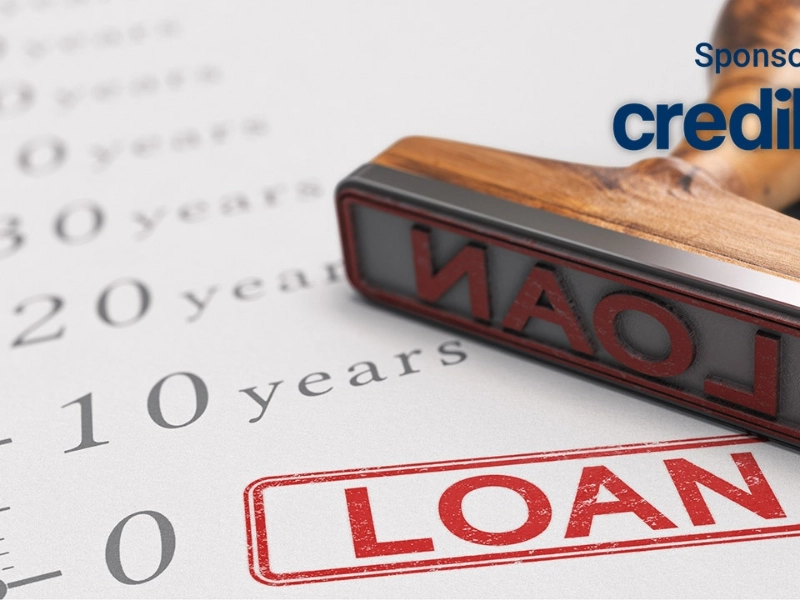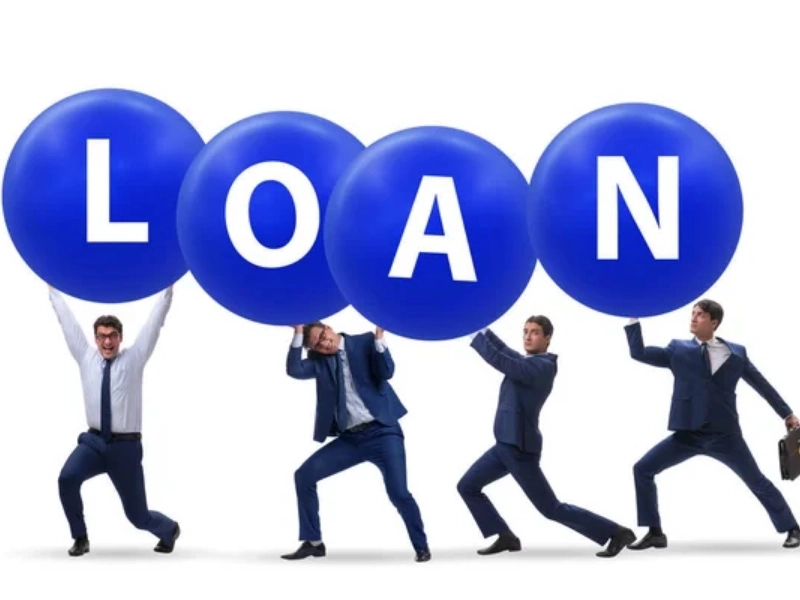Most lenders charge a premium for private mortgage insurance (PMI) on traditional loans with less than a 20 percent down payment. Usually, the monthly expense is included in your mortgage payment. PMI comes in a few varieties, such as split-premium, lender-paid ahead, and borrower-paid single premium. We'll go through each's operation and talk about if you can completely avoid it.

 The way mortgage insurance functions varies based on the kind of loan you have. If you don't put down 20% of the purchase price of the house, you may be obliged to pay private mortgage insurance (PMI). For Federal Housing Administration loans, MIP is a type of mortgage insurance.
By lowering the risk for lenders, both kinds of mortgage insurance aim to increase borrower accessibility to homeownership. In both situations, the borrower pays a monthly premium to cover the risk, and the lender acts as the insurer.
Unless you explicitly cancel it or your home's value changes, you will often be required to pay PMI for the duration of your loan. If you own 20% of your home or more, you can ask your lender to eliminate PMI; if you own 22% or more, your lender is required by law to do so. Mortgage insurance is often paid for by a monthly fee that is included in your mortgage payment.
The way mortgage insurance functions varies based on the kind of loan you have. If you don't put down 20% of the purchase price of the house, you may be obliged to pay private mortgage insurance (PMI). For Federal Housing Administration loans, MIP is a type of mortgage insurance.
By lowering the risk for lenders, both kinds of mortgage insurance aim to increase borrower accessibility to homeownership. In both situations, the borrower pays a monthly premium to cover the risk, and the lender acts as the insurer.
Unless you explicitly cancel it or your home's value changes, you will often be required to pay PMI for the duration of your loan. If you own 20% of your home or more, you can ask your lender to eliminate PMI; if you own 22% or more, your lender is required by law to do so. Mortgage insurance is often paid for by a monthly fee that is included in your mortgage payment.
 The kind of loan you receive will determine whether or not you require mortgage insurance. Mortgage insurance, sometimes referred to as PMI or MIP, is usually included in conventional loans with less than a 20% down payment. Because this insurance lowers the required upfront homebuyer deposit, lenders are able to take on riskier mortgages. Mortgage insurance payments, however, accrue over time and are paid to the lender rather than you.
PMI comes in two primary flavors: monthly, which is usually rolled into your monthly mortgage payments, and single-payment, which you can pay in cash or roll into your mortgage at closing. If you accumulate enough equity in your house, you may eventually be able to cancel both. By obtaining a traditional loan with at least a 20% down payment, you can completely avoid PMI. As an alternative, if you are current on your payments and your house is appraised, you can ask your lender to cancel PMI.
The kind of loan you receive will determine whether or not you require mortgage insurance. Mortgage insurance, sometimes referred to as PMI or MIP, is usually included in conventional loans with less than a 20% down payment. Because this insurance lowers the required upfront homebuyer deposit, lenders are able to take on riskier mortgages. Mortgage insurance payments, however, accrue over time and are paid to the lender rather than you.
PMI comes in two primary flavors: monthly, which is usually rolled into your monthly mortgage payments, and single-payment, which you can pay in cash or roll into your mortgage at closing. If you accumulate enough equity in your house, you may eventually be able to cancel both. By obtaining a traditional loan with at least a 20% down payment, you can completely avoid PMI. As an alternative, if you are current on your payments and your house is appraised, you can ask your lender to cancel PMI.
 If a buyer is unable to afford to put down a 20% down payment on a new property, they may have to pay an additional cost known as mortgage insurance. In the event that the borrower defaults, it safeguards the lender.
When the down payment is less than 20% on conventional loans—those that are not government-backed—it is necessary. But in some circumstances, it is preventable.
Either a single premium or split-premium PMI may be paid by borrowers. The premium for a single-payment option is paid in full upon closing. After that, the lender will incorporate it into the loan. This usually cannot be canceled.
Borrowers who choose the split-premium option will have to pay PMI on a monthly basis. When the borrower reaches a specified equity in the house—typically, when the mortgage balance is less than 22% of the original property value—the mortgage insurance will be automatically canceled. However, after the mortgage is paid off, borrowers should continue to maintain homeowner property and liability coverage.
If a buyer is unable to afford to put down a 20% down payment on a new property, they may have to pay an additional cost known as mortgage insurance. In the event that the borrower defaults, it safeguards the lender.
When the down payment is less than 20% on conventional loans—those that are not government-backed—it is necessary. But in some circumstances, it is preventable.
Either a single premium or split-premium PMI may be paid by borrowers. The premium for a single-payment option is paid in full upon closing. After that, the lender will incorporate it into the loan. This usually cannot be canceled.
Borrowers who choose the split-premium option will have to pay PMI on a monthly basis. When the borrower reaches a specified equity in the house—typically, when the mortgage balance is less than 22% of the original property value—the mortgage insurance will be automatically canceled. However, after the mortgage is paid off, borrowers should continue to maintain homeowner property and liability coverage.